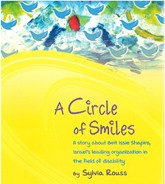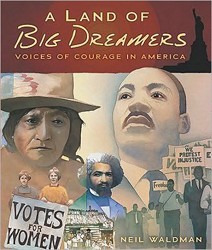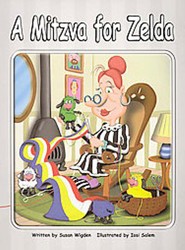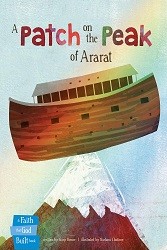Home alone, 16-year-old Alex Gregory, enraged over his parent’s separation and fuming about his dad’s involvement with Alex’s former 3rd grade teacher, gets drunk and sets off in his mom’s car to confront his father and “that woman.” He doesn’t get far, but he’s lucky. The only victims of the resultant accident are a decapitated French lawn gnome and the cop he barfs on when he’s arrested.
To Alex’s dismay, a judge sentences him to 100 hours of public service, assigning him to visit some cantankerous old guy at the home for the aged where Alex’s mother coincidentally works. Obligatory progress notes to the judge punctuate the action and raise interesting speculations as Alex gets to learn something about, and from, old Solomon Lewis. Sol’s severe emphysema and apparent abandonment by his only daughter, have not suppressed his chutzpah, Yiddishisms, or zest for pulling “Gotcha” surprises on everyone. Without preachiness and with much humor, the story will appeal to middle schoolers as Alex is transformed, accepting responsibility and change while learning — and teaching— forgiveness.
As for Jewish content: Alex, his best gal pal Laurie, and their families are not Jewish, but both old Sol and the judge are. The most overtly Jewish aspect of this book springs from Sol’s frequent use of Yiddish, the wisdom underlying his wisecracks, and the basic Jewish values such as family, community and accountability, which shape the story.
Alex’s initial behavior and some minor scenes might make this problematic for some very traditional schools. For ages 12 – 14.





